Integrating a Static Library Into a Swift Package (part I)
Think integrating a third-party library into your iOS project is a simple drag-and-drop? Think again.
Static libraries, manual header paths, and cryptic linker errors.
As an iOS developer, these might give you some headaches, only to see Apple’s ecosystem evolve from .a files to modern Swift Package Manager integrations.
But how did we get here?
In this two-part series on working with static libraries (.a files) and integrating them into modern iOS projects, we’ll take a deep dive into the history and evolution of Apple’s library and framework system. We'll explore the limitations of static libraries, the introduction of frameworks, the transition to XCFrameworks, and how they address modern development challenges.
Key concepts such as fat binaries, module maps, umbrella headers, and Swift Package Manager integration will be covered in depth.
Whether you're maintaining legacy code or optimizing for modern architectures, understanding this evolution will help you grow the quality of your iOS development.
So let’s dive in.
The Era of .a Files: Why Early iOS Development Was a Headache
Back in the early days of iOS development, reusable code was typically distributed as static libraries (.a files) along with their corresponding header files (.h).
These libraries were precompiled binaries that were linked at compile time, eliminating the need for external dependencies at runtime.
While this made applications self-contained, it also meant that each app needed to bundle its own copy of the library, leading to larger app sizes.
To use a static library, developers had to manually specify header search paths and linker flags in Xcode, which was cumbersome, especially when dealing with large libraries with multiple headers. On top of that, static libraries could not include bundled resources such as images or localization files, requiring additional workarounds.
Beyond Static Libraries: The Framework Evolution
To simplify library integration and improve modularity, Apple introduced frameworks.
A framework is a bundle, which is essentially a directory that packages a compiled library (.a for static frameworks or .dylib for dynamic frameworks), along with public headers and optional resources.
Basically, they solved several problems that static libraries had:
Allowed bundling of headers and resources inside the same package;
Improved modularity by enabling module maps for cleaner imports;
Supported both static and dynamic linking, allowing flexibility in integration.
Understanding Umbrella Headers for Objective-C
An umbrella header consolidates multiple public headers into one, simplifying imports. Without one, developers would need to import each individual header manually:
#import "Networking.h" #import "Utilities.h" #import "Models.h"
By using an umbrella header (MyFramework.h), imports become cleaner:
#ifndef MyFramework_h #define MyFramework_h #import <MyFramework/Networking.h #import <MyFramework/Utilities.h #import <MyFramework/Models.h #endif /* MyFramework_h */
This approach not only simplifies project setup but also improves compilation times by reducing redundant imports.
Understanding Module Maps for Swift
Another significant advancement was the introduction of module maps, which define how a library's headers should be exposed to the compiler.
Instead of relying on header search paths, developers can use modular imports:
import MyFramework
A basic module map (module.modulemap) might look like this:
module MyFramework {
umbrella header "MyFramework.h"
export *
module * { export * }
}This modular approach enhances Swift interoperability, eliminating the need for Objective-C bridging headers.
The Problem of Architecture Compatibility
A major challenge with both frameworks and static libraries was architecture compatibility.
A .a file compiled for an iPhone device (arm64) would not work on an iPhone library compiled for an older (armv7) device. Similarly, macOS and iOS had different architectures (x86_64 for macOS, arm64 for iOS).
Developers had to merge separate architectures into a fat binary using Apple’s lipo tool:
lipo -create -output libMyLibrary.a libMyLibrary_arm64.a libMyLibrary_armv7.a
Although umbrella headers and module maps simplified developers' work, compatibility remained an issue. On top of that, early versions of Swift Package Manager (SPM) did not support binary frameworks, forcing developers to rely on CocoaPods or manual .framework integration.
Enters…
The Modern Solution: XCFrameworks
An XCFramework is Apple’s solution for distributing precompiled libraries across multiple architectures and platforms.
Unlike traditional frameworks, which support only one architecture per build, an XCFramework bundles multiple variants of the same library, ensuring compatibility with:
iOS devices (arm64);
macOS (arm64, x86_64);
watchOS and tvOS.
With XCFrameworks, there’s no need for fat binaries or custom scripts. This approach also makes Swift Package Manager (SPM) integration seamless, allowing binary dependencies to be easily managed.
Apple Silicon and XCFrameworks
With the transition to Apple Silicon (arm64 Macs), many libraries had to be recompiled to support both Intel (x86_64) and ARM (arm64) architectures.
XCFrameworks allow developers to package both macOS variants, ensuring universal compatibility across Apple silicon and Intel-based Macs.
Moving Forward: The Best Way to Integrate Libraries in Modern iOS Apps
The evolution from static libraries (.a files) to frameworks and finally XCFrameworks reflects Apple’s growing focus on modularity, compatibility, and ease of distribution.
While static libraries served their purpose, frameworks introduced encapsulation and structure. But traditional frameworks struggled with platform compatibility and SPM support, leading to the introduction of XCFrameworks.
Today, XCFrameworks are the recommended approach for distributing binary dependencies, enabling seamless integration with Swift Package Manager, multi-architecture support, and Apple Silicon compatibility.
In the next part of this series, we will go hands-on and walk through the process of integrating a .a library along with its header files into a Swift Package, ensuring that it works for iOS devices communicating with external bluetooth devices.
What challenges have you faced when integrating third-party libraries into your iOS projects?

